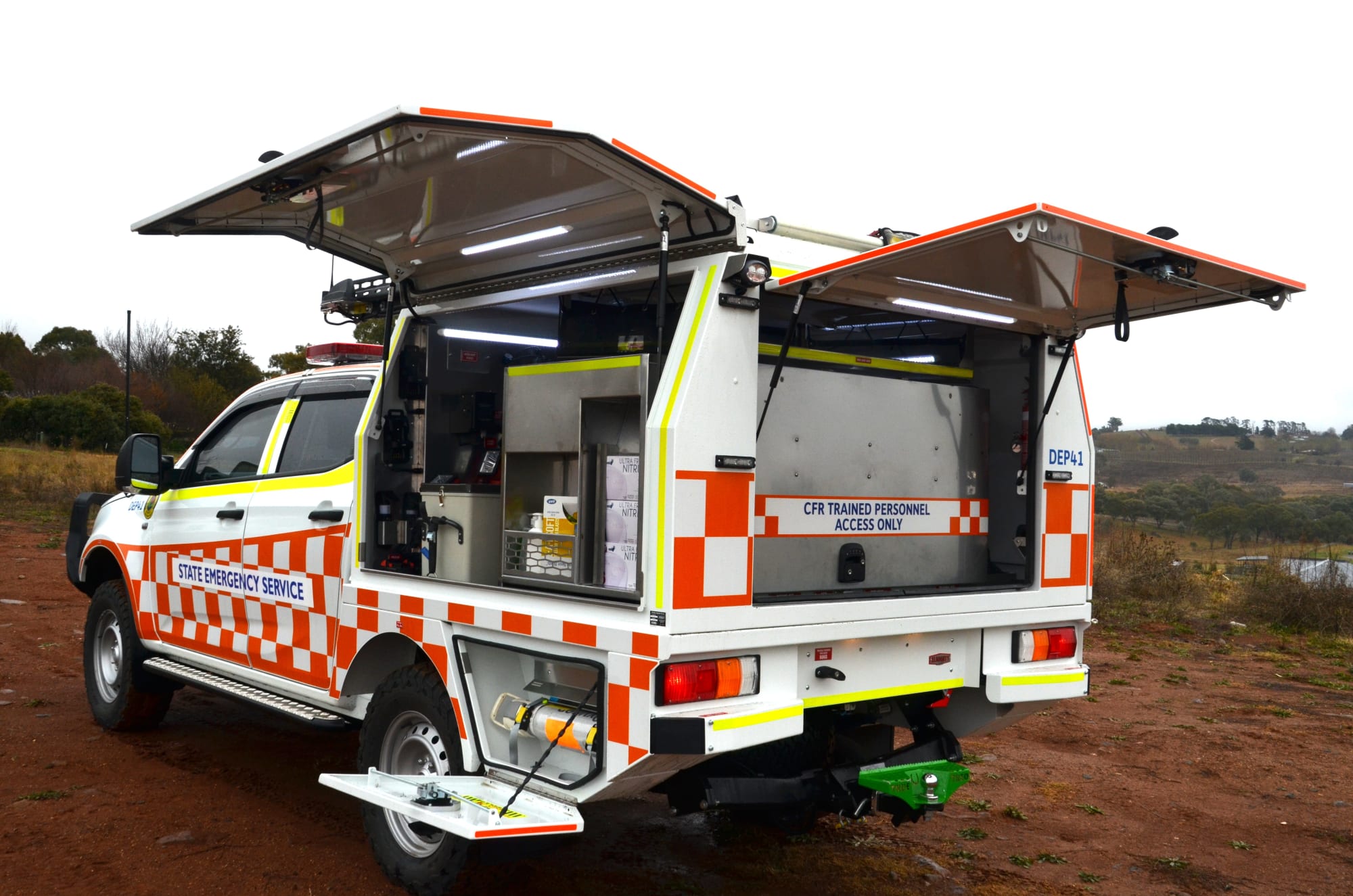Invest
Frydenberg expands instant asset write-off eligibility
Treasurer Josh Frydenberg has moved to expand the eligibility of the full expensing measure to allow bigger businesses to qualify.
Frydenberg expands instant asset write-off eligibility
Treasurer Josh Frydenberg has moved to expand the eligibility of the full expensing measure to allow bigger businesses to qualify.

Mr Frydenberg will now introduce new legislation to expand access to the full expensing measure – a federal budget measure that became law on 14 October.
The measure currently allows businesses with aggregated turnover of less than $5 billion to deduct the full cost of eligible depreciable assets of any value in the year they are first used or installed.
Under the changes, a new alternative test will be introduced, requiring companies to have less than $5 billion in total statutory and ordinary income in either the 2018‑19 or 2019‑20 income year.
These entities will also need to have invested more than $100 million in tangible depreciating assets in the period 2016‑17 to 2018‑19.

Non-assessable non-exempt income will be excluded from the test.
Mr Frydenberg said the change would allow larger Australian-based businesses to access the measure and bring forward investment plans, boosting the country’s economic recovery from COVID-19.
“This change will mean businesses with an aggregated turnover of more than $5 billion due to the income of an overseas parent or associate will now be able to qualify provided they meet the additional investment requirements,” said Mr Frydenberg.
“The government will also allow businesses to opt out of temporary full expensing and the backing business investment incentive on an asset‑by‑asset basis.
“This change will provide businesses with more flexibility in respect of these measures, removing a potential disincentive for them to take advantage of these incentives.”
The change comes after the Corporate Tax Association found that a large number of its corporate members would be ineligible for the measure because the aggregated turnover rule would see the turnover of their overseas affiliate grouped with them and cause them to breach the $5 billion threshold.
CTA executive director Michelle de Niese had previously said it would seem counterintuitive to leave out such large taxpayers who were capable of bringing forward investments and kickstarting the economy.
The measure, announced during the October federal budget, was originally costed at $26.7 billion and is expected to be available to 3.5 million businesses, employing over 11.5 million workers.
Mr Frydenberg had claimed that 99 per cent of businesses would be eligible, with the government expecting the measure to cover $200 billion worth of investments, including 80 per cent of investment in depreciable assets by non-mining businesses.

Economy
Global deal activity declines by 6% amid economic uncertainty, reports GlobalData
In a year characterised by economic turbulence and evolving market conditions, global deal activity has witnessed a notable downturn during the first ten months of 2025. According to GlobalData, a ...Read more

Economy
Australia’s softening labour market puts another RBA cut in play — here’s what business should do now
A four-year high in unemployment has revived expectations the Reserve Bank could deliver another rate cut as soon as November. With quarterly GDP growth running at 0.6 per cent and annual growth at ...Read more

Economy
Rising CPI reinforces RBA’s stance as rate cut expectations remain: State Street
State Street Global Advisors says the Reserve Bank of Australia (RBA) is likely to hold its current policy outlook following the release of September quarter inflation data, which showed an unexpected ...Read more

Economy
NSW SES boosts tsunami preparedness ahead of World Tsunami Awareness Day
As World Tsunami Awareness Day approaches on 5 November, the New South Wales State Emergency Service (NSW SES) is ramping up efforts to enhance tsunami preparedness along the east coastRead more

Economy
Lifesaving Regional Response Strengthened with New NSW SES Vehicles
In a significant boost to regional emergency services, the NSW State Emergency Service (SES) has unveiled 11 new Community First Response (CFR) vehicles, designed to enhance the speed and safety of ...Read more

Economy
Australia's June quarter GDP growth driven by consumer and government spending
Australia's economy has shown unexpected resilience in the June 2025 quarter, with household and government consumption driving growth despite a significant decline in public investmentRead more

Economy
Australia's GDP surprise is real but operators should heed the growth mix warning light
Australia’s June-quarter growth beat expectations on the strength of household consumption and government spending, even as public investment sagged. The upside surprise signals resilience, but the ...Read more

Economy
Households carried the quarter: what Australia’s upside GDP surprise means for strategy now
Australia’s economy expanded faster than expected in the June 2025 quarter, with GDP up 0.6 per cent quarter-on-quarter and 1.8 per cent year-on-year — the strongest pace in two years. The kicker ...Read more

Economy
Global deal activity declines by 6% amid economic uncertainty, reports GlobalData
In a year characterised by economic turbulence and evolving market conditions, global deal activity has witnessed a notable downturn during the first ten months of 2025. According to GlobalData, a ...Read more

Economy
Australia’s softening labour market puts another RBA cut in play — here’s what business should do now
A four-year high in unemployment has revived expectations the Reserve Bank could deliver another rate cut as soon as November. With quarterly GDP growth running at 0.6 per cent and annual growth at ...Read more

Economy
Rising CPI reinforces RBA’s stance as rate cut expectations remain: State Street
State Street Global Advisors says the Reserve Bank of Australia (RBA) is likely to hold its current policy outlook following the release of September quarter inflation data, which showed an unexpected ...Read more

Economy
NSW SES boosts tsunami preparedness ahead of World Tsunami Awareness Day
As World Tsunami Awareness Day approaches on 5 November, the New South Wales State Emergency Service (NSW SES) is ramping up efforts to enhance tsunami preparedness along the east coastRead more

Economy
Lifesaving Regional Response Strengthened with New NSW SES Vehicles
In a significant boost to regional emergency services, the NSW State Emergency Service (SES) has unveiled 11 new Community First Response (CFR) vehicles, designed to enhance the speed and safety of ...Read more

Economy
Australia's June quarter GDP growth driven by consumer and government spending
Australia's economy has shown unexpected resilience in the June 2025 quarter, with household and government consumption driving growth despite a significant decline in public investmentRead more

Economy
Australia's GDP surprise is real but operators should heed the growth mix warning light
Australia’s June-quarter growth beat expectations on the strength of household consumption and government spending, even as public investment sagged. The upside surprise signals resilience, but the ...Read more

Economy
Households carried the quarter: what Australia’s upside GDP surprise means for strategy now
Australia’s economy expanded faster than expected in the June 2025 quarter, with GDP up 0.6 per cent quarter-on-quarter and 1.8 per cent year-on-year — the strongest pace in two years. The kicker ...Read more








